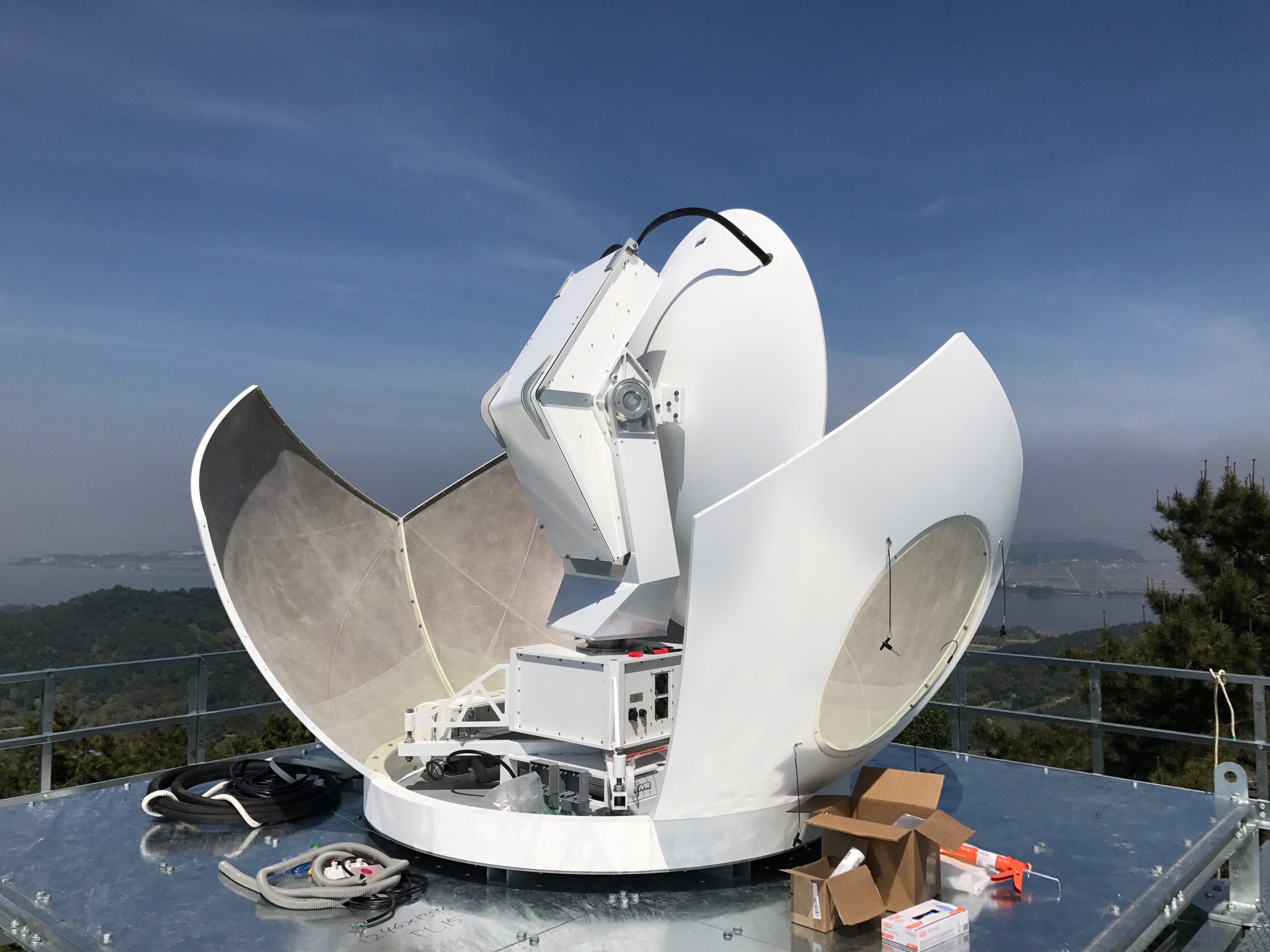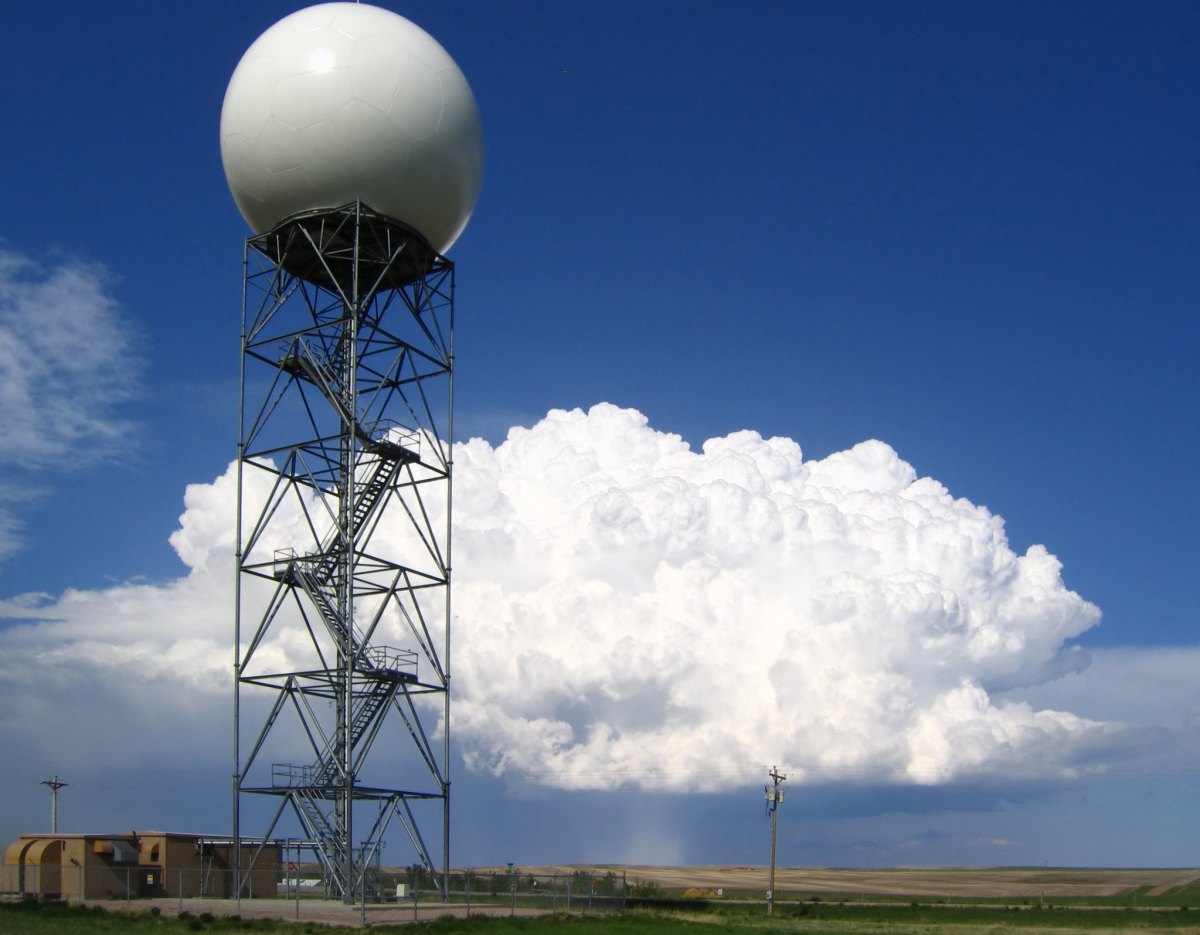Overview of Weather Radar

Weather radar, a critical tool in modern meteorology, utilizes electromagnetic waves to detect and measure precipitation, providing valuable insights into weather patterns and forecasting. Its principles lie in the emission of radar pulses and the analysis of their reflections off hydrometeors (e.g., raindrops, snowflakes).
Types of Weather Radar Systems
Various types of weather radar systems exist, each tailored to specific applications:
– Doppler Radar: Measures not only the intensity of precipitation but also its velocity, providing information on wind patterns and storm dynamics.
– Polarimetric Radar: Provides detailed microphysical information about precipitation particles, such as their size, shape, and orientation.
– Phased Array Radar: Employs multiple antennas to electronically steer the radar beam, enabling rapid scanning and improved spatial resolution.
Applications of Weather Radar
Weather radar finds widespread applications in:
– Meteorological Forecasting: Predicting rainfall, snowfall, thunderstorms, and other weather events.
– Aviation Safety: Detecting and tracking hazardous weather conditions, such as turbulence, wind shear, and icing.
– Hydrology: Monitoring river and lake levels, forecasting floods, and managing water resources.
– Environmental Monitoring: Tracking air pollution, smoke plumes, and volcanic ash clouds.
Data Interpretation from Weather Radar

Interpreting weather radar data is a crucial skill for meteorologists and weather enthusiasts alike. By analyzing the radar’s reflectivity, velocity, and other parameters, we can gain valuable insights into the structure and movement of precipitation, providing us with a detailed understanding of current and impending weather conditions.
Radar Reflectivity, Weather radar
Radar reflectivity measures the intensity of precipitation by detecting the amount of energy reflected back to the radar from raindrops, snowflakes, or hail. Higher reflectivity values indicate heavier precipitation, while lower values indicate lighter precipitation or none at all. Reflectivity data can be displayed in various colors or shades, with brighter colors representing more intense precipitation.
Radar Velocity
Radar velocity measures the speed and direction of precipitation particles. This information is crucial for tracking the movement of storms and predicting their path. Positive velocity values indicate precipitation moving away from the radar, while negative values indicate precipitation moving towards the radar. Velocity data is often displayed using arrows or color-coded vectors, with the length and direction of the arrows representing the speed and direction of the precipitation.
Other Parameters
In addition to reflectivity and velocity, weather radars can also measure other parameters such as differential reflectivity, specific differential phase, and correlation coefficient. These parameters provide additional information about the size, shape, and type of precipitation particles, allowing meteorologists to further refine their understanding of the weather conditions.
Identifying and Classifying Weather Patterns
By combining the data from radar reflectivity, velocity, and other parameters, meteorologists can identify and classify various weather patterns, including:
- Rain
- Snow
- Hail
- Thunderstorms
- Tornadoes
- Hurricanes
Each weather pattern has its own unique signature on radar, allowing meteorologists to quickly identify and track its movement and intensity.
Advanced Applications of Weather Radar
Weather radar has revolutionized the field of meteorology, providing invaluable insights into the dynamics and evolution of weather systems. Beyond its fundamental role in precipitation monitoring, advanced applications of weather radar have significantly enhanced our ability to forecast and mitigate severe weather events, improve numerical weather prediction models, and ensure safety in aviation and maritime operations.
Severe Weather Forecasting
Weather radar plays a crucial role in severe weather forecasting, enabling meteorologists to detect and track potentially hazardous weather phenomena such as tornadoes, hailstorms, and thunderstorms. By analyzing radar data, forecasters can determine the location, intensity, and movement of these systems, providing timely warnings to communities at risk.
– Radar reflectivity measurements allow meteorologists to estimate the severity of storms, with higher reflectivity values indicating larger hail or more intense rainfall.
– Doppler radar technology enables the detection of wind patterns within storms, helping to identify areas of rotation that may lead to tornado formation.
– Radar data can be integrated into computer models to predict the future track and intensity of severe weather events, providing valuable lead time for emergency response and preparedness.
Weather radar, an indispensable tool for meteorologists, paints a vivid tapestry of atmospheric conditions. Its intricate scans reveal the ebb and flow of precipitation, providing invaluable insights into storm patterns. For those seeking a closer look at the enigmatic movements of hurricanes, the beryl live tracker offers an immersive experience.
Through its real-time updates, we witness the relentless march of these formidable weather systems, empowering us to anticipate their impact and prepare accordingly. Yet, it is the tireless work of weather radar that underpins this knowledge, enabling us to navigate the ever-changing canvas of our skies.
The weather radar’s relentless scan, a symphony of electromagnetic pulses, paints a canvas of atmospheric conditions. When its keen sensors detect the telltale signs of a tornado brewing, it triggers a symphony of alarms, alerting us to the impending danger.
The tornado warning echoes through our communities, a stark reminder of nature’s unpredictable fury. Yet, even as we heed its warnings, the weather radar continues its vigilant watch, guiding us through the storm’s path and safeguarding us from its wrath.